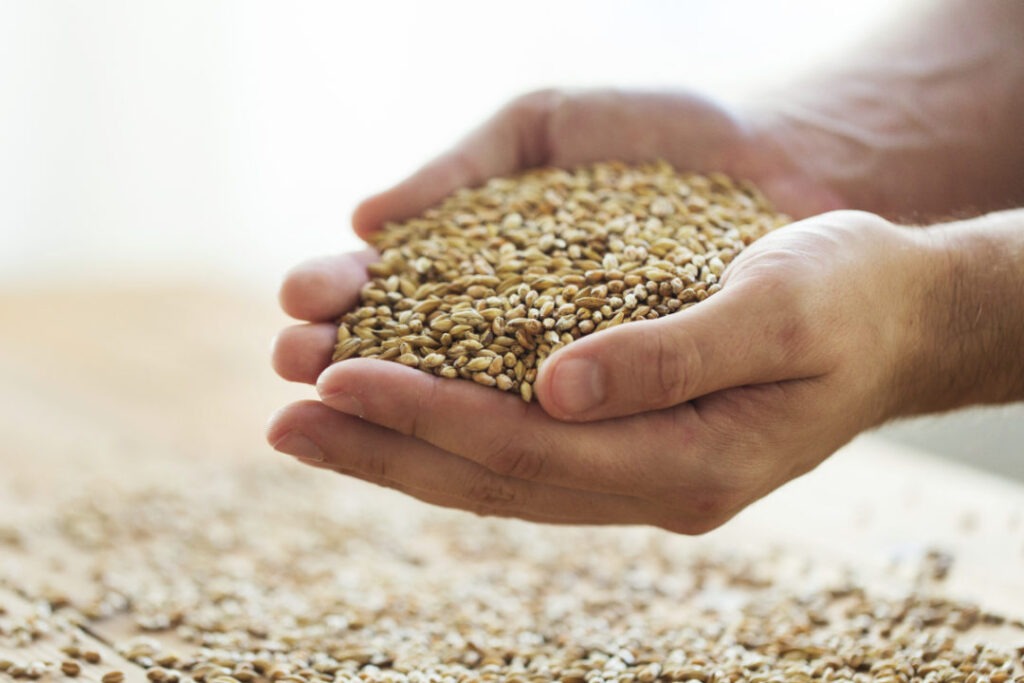Wheat is considered one of the crops in temperate climate areas, and its cultivation has been voluntary in other agricultural environments until it became one of the most widespread crops in the world.
Sudan has known wheat cultivation for thousands of years in its northern parts for the local consumption of the people of the region who depend on it for food. As for the majority of the people of Sudan, they depended on maize and millet for their food.
Cultivation of wheat was confined to the north of Sudan due to the appropriate environmental conditions for its cultivation, and when its consumption increased, its cultivation extended to the south until it entered the Gezira project in the sixties, where the vast agricultural area and wheat research was active in both the Hudaiba Research Station and the Agricultural Research Authority in Bud Madani, and wheat cultivation also extended to the east In the Rahad project.
After the availability of scientific information from agricultural research stations in the island and Khashm al-Qirba about the possibility of commercial wheat production, commercial wheat cultivation began in the early sixties, south of Khartoum and in the irrigated areas in the middle and east of the country until wheat became part of the agricultural cycle in the Halfa Agricultural Corporation since its inception. 1975-1976 AD, and it was cultivated in the White Nile projects north of Kosti.
Items:
Condor (1978) its characteristics: early – more affected by temperature – does not tolerate delay in the harvest – more susceptible to dispersal (days from planting to spike 54 days)
Debeira (1982) Characteristics: more heat-tolerant than condor – more affected by planting delay than condor – more stable in productivity (days from planting to spike 58 days)
Nile Valley (1987) its characteristics: more tolerant of heat – more suitable for cultivation in the northern state (days from planting to spike 60 days).
El-Nelain (1990) Characteristics: more heat-tolerant than Knorr – more stable in productivity – not resistant to rust – has no determinants for cultivation in other areas (days from planting to spike 56 days)
Sasrib (1998) Characteristics: (Days from sowing to spike 60 days)
Eagle (1996) its characteristics: (days from planting to spike 55-60 days)
Argin (1996) Characteristics: Heat-tolerant, suitable for cultivation during November (the days from planting to spike are 62 days).
Imam (2000) Characteristics: It bears high temperatures in the beginning of the season, medium maturity, suitable for cultivation in all parts of Sudan, except for New Halfa (the days from planting to the spike are 62 days).
Khalifa (2004) Characteristics: Medium maturity bears high temperatures distinguished from other varieties beside its productivity and good quality for making bread suitable in all regions of Sudan except for New Halfa (days from planting to Sunbulah 61 days)
Island 11 (2006) Characteristics: Late (days from planting to spike 65-70 days)
Plant (2007) Characteristics: Early (days from planting to spike 55-60 days)
the harvest
The crop must be harvested within one month of the crop’s maturity, as the delay leads to great losses, as the wheat cultivation environment in Sudan, which is characterized by hot weather and short agricultural season, is considered harsh for wheat production according to international standards. It leads to a significant decrease in productivity.
wheat mills
The interest in wheat increased and the speed of consumption of wheat increased and production began to increase, but the speed of consumption was faster and only imports, which became flour and wheat, fill the shortage. This increase in consumption prompted employers and money to invest in the wheat milling industry. The number of wheat mills increased from three or four mills in the sixties with little capacity to nearly forty mills today, with huge capacities and high quality of the flour.
